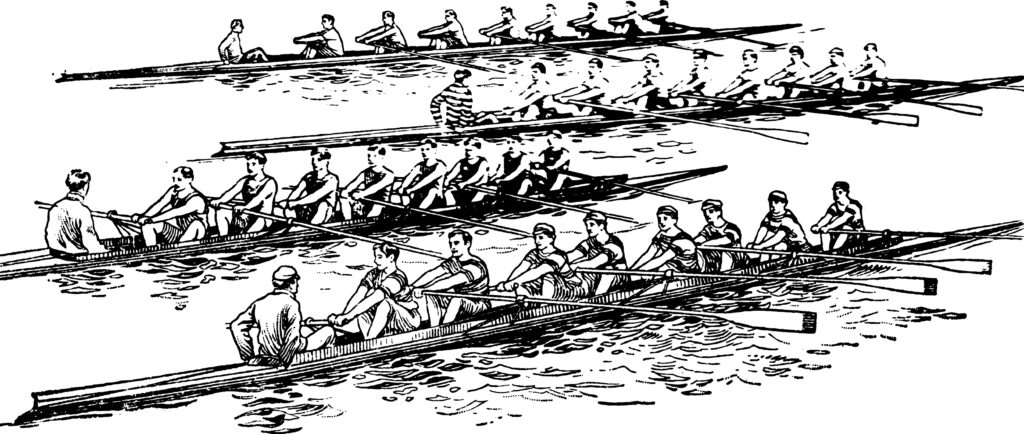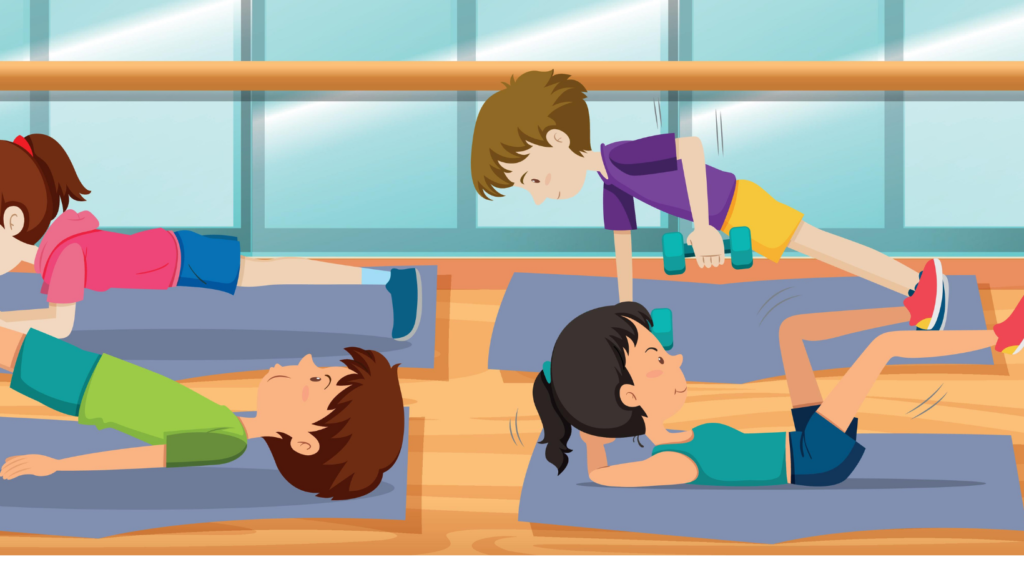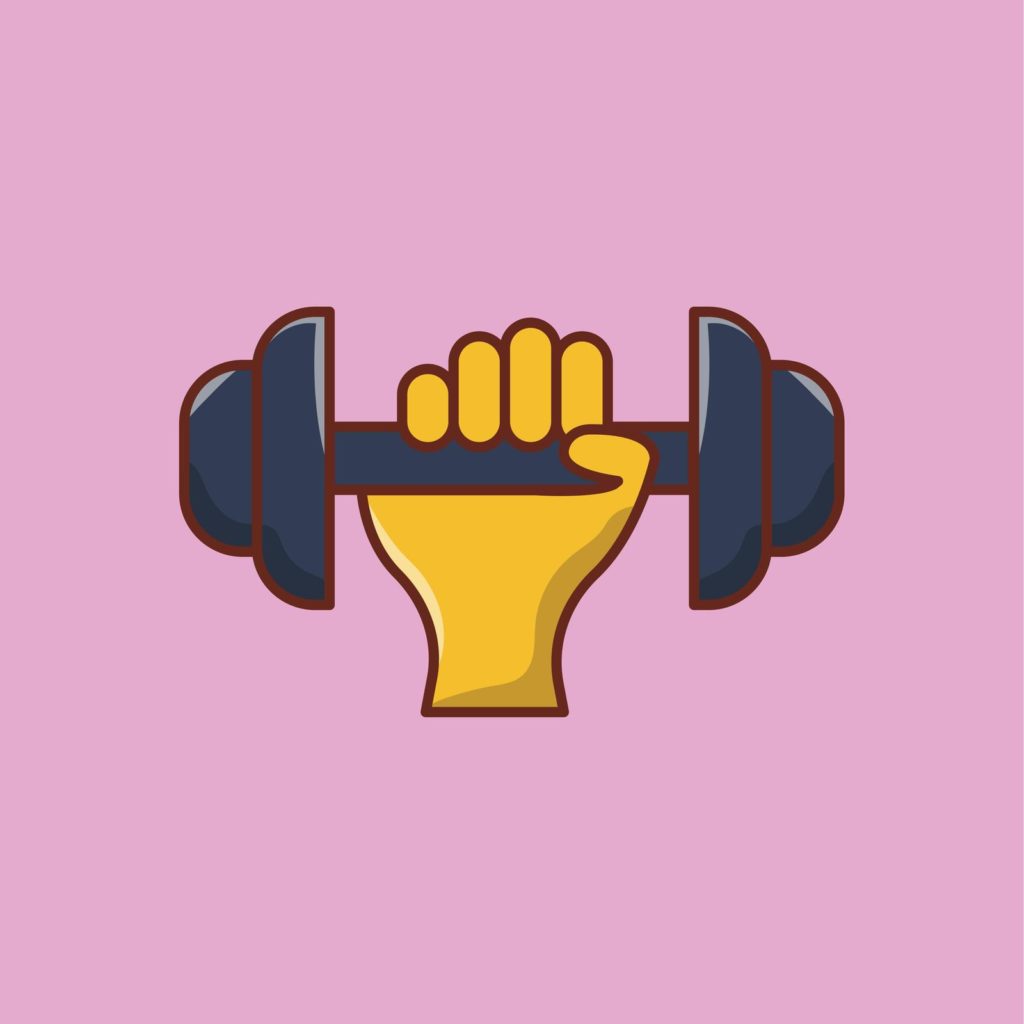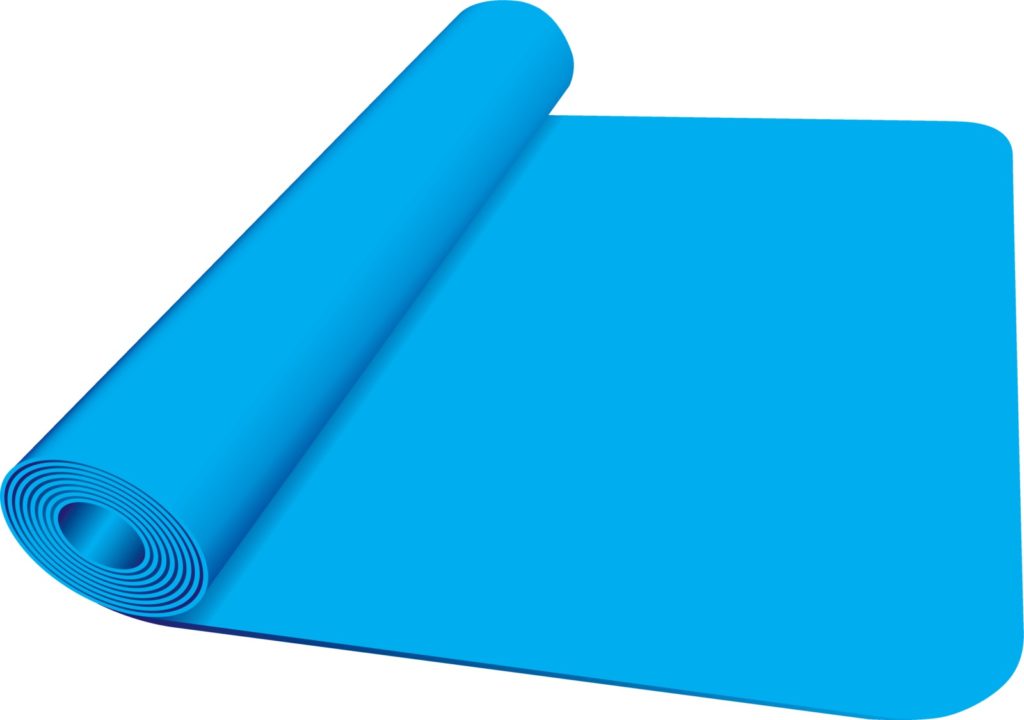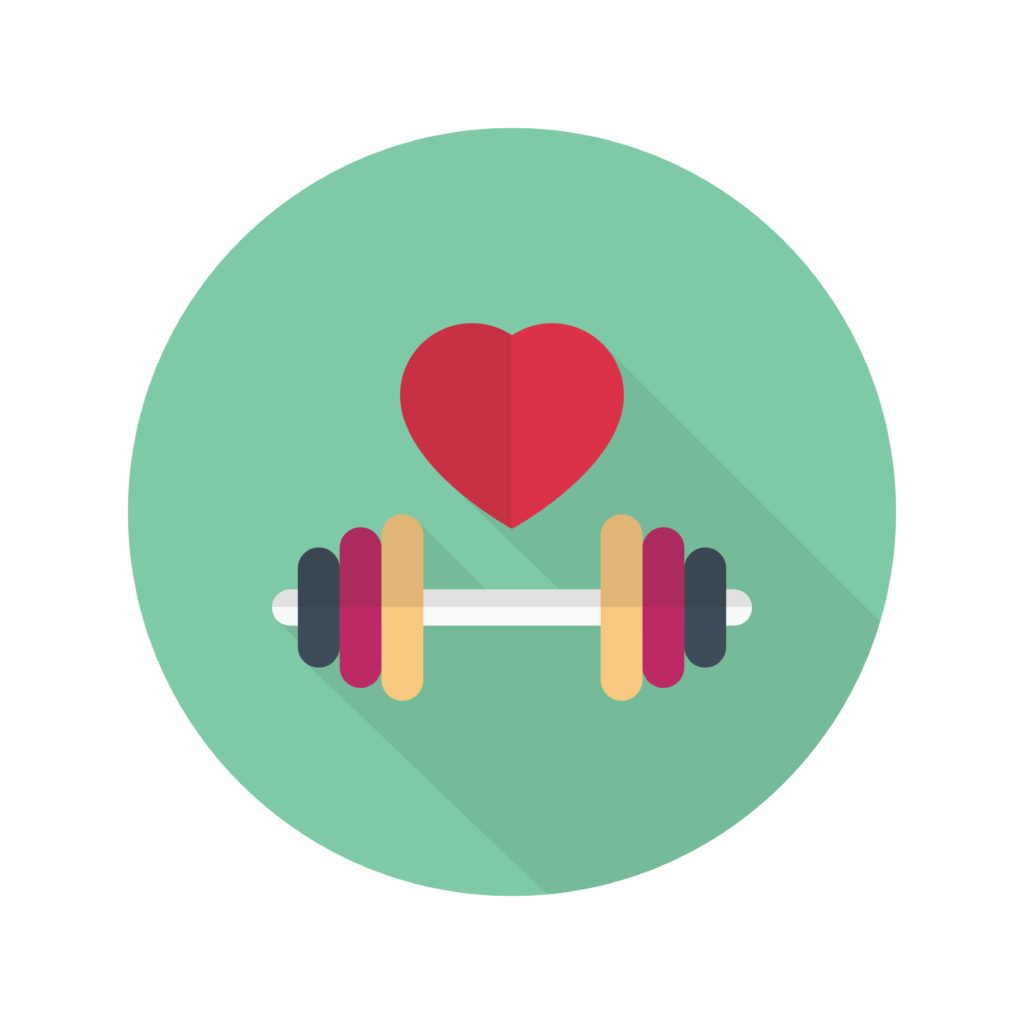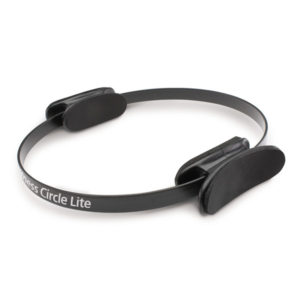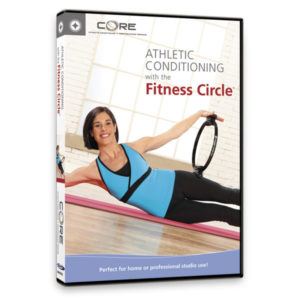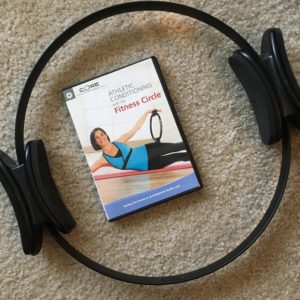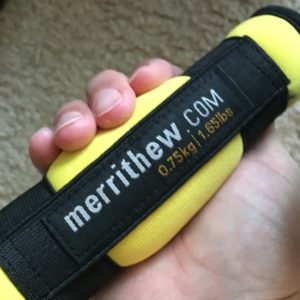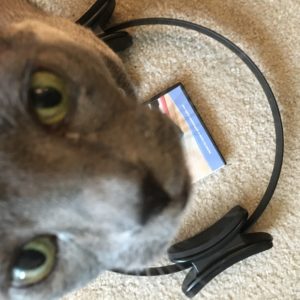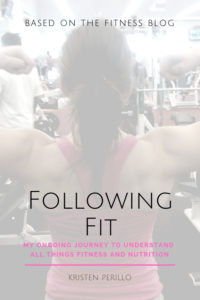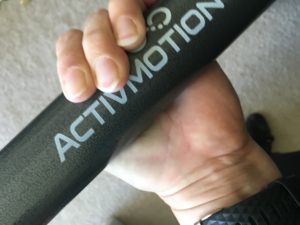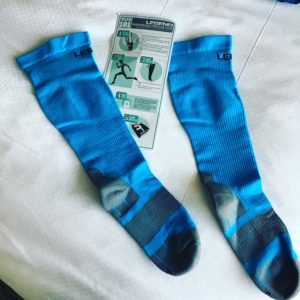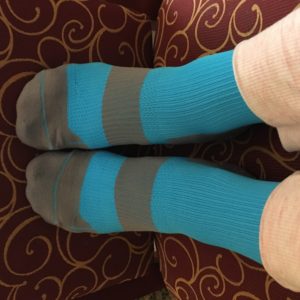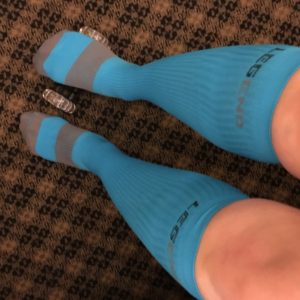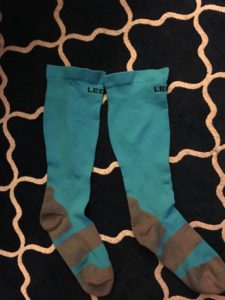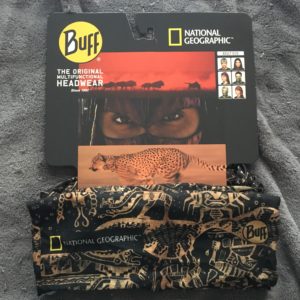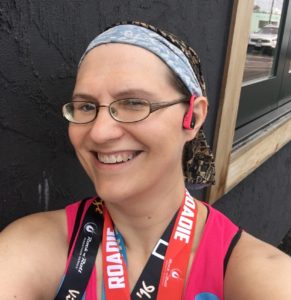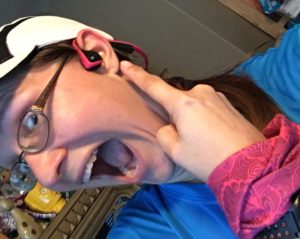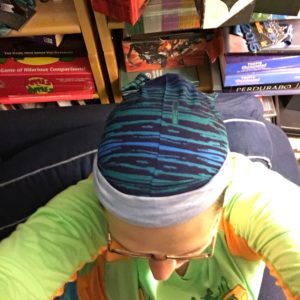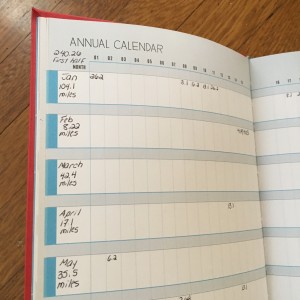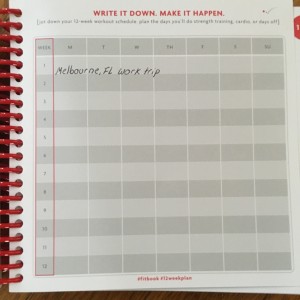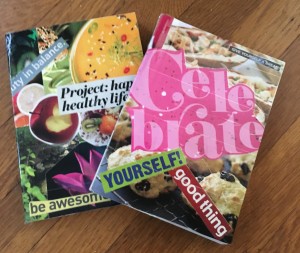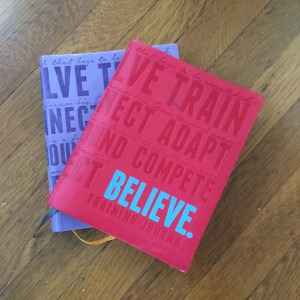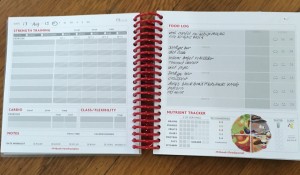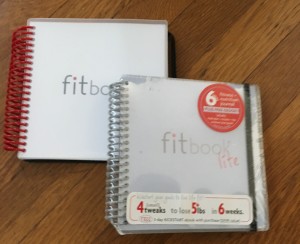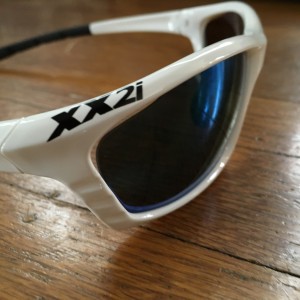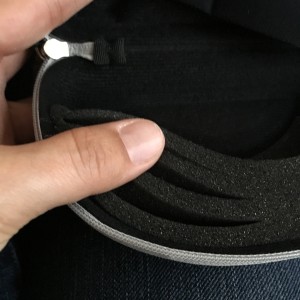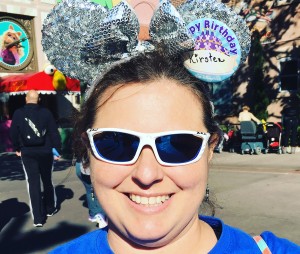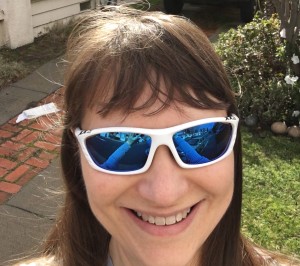Pelton has been dripping news about their forthcoming rower, so the fact that it exists is not a surprise. What is a surprise? OMG, the price tag!
Introducing Peloton Row
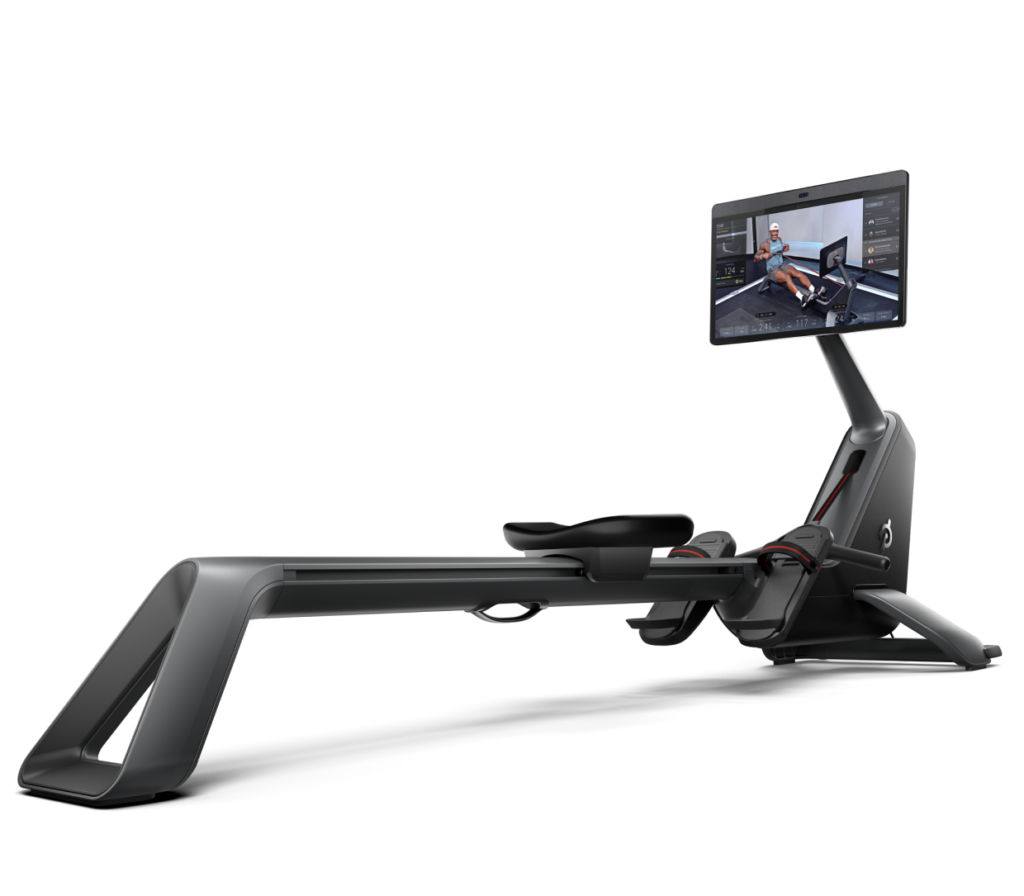
Today I got an email announcing I could order my very own Peloton Rower. I love how the email is titled “Everything to Know About Peloton Row” but there’s nothing in the email that even hints at the price (minus “click here to pre-order”). So spoiler alert: you don’t need to know the price of Peloton Row? Turns out it costs $3195 PLUS another $44/month for the app. OUCH. For an additional $75 you can get a row mat and a branded water bottle. You can also “bundle and save” if you choose the more expensive packages. As of today, the website lists a $3520 package with a workout mat, dumbbells, and a heart rate monitor. For another $50 you get that plus yoga blocks and a yoga strap.
Now I can’t deny the Peloton rower meets the Peloton aesthetic, much like every new Apple gadget has similar design elements. I’ve seen some photos of the “stowed” position of the rower (where it is standing on the front end while not in use) and while it looks a bit nicer than my Water Rower does while standing on end, it doesn’t seem to have a smaller footprint (or to look any less out-of-place).
I Love My CityRow Water Rower
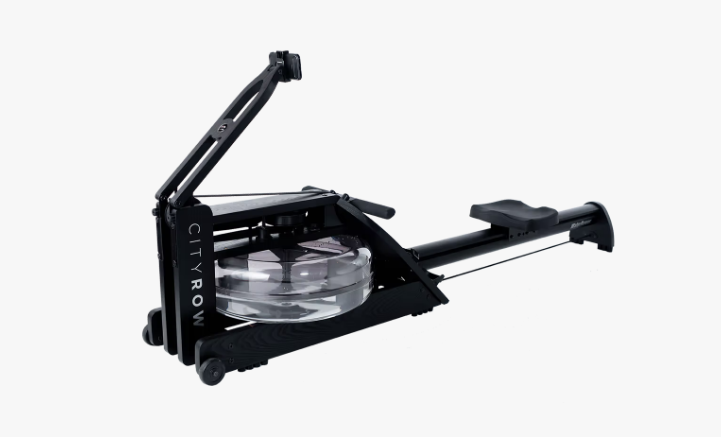
I already own a rower, so I’m not in the market for another. Even if I were, I’m not sure I’d even consider the Peloton due to the price point. I greatly prefer the feel of water resistance and am very happy I went with Water Rower. Yes, I bought the CityRow branded model (R.I.P. CityRow Portland). I think I paid $1295? The “regular price” had been $1495 until CityRow launched the Max Rower with an integrated screen (the Classic has an adjustable arm to hold a tablet or phone though I’m planning to remove that) at the “regular price” of $2195. Clearly at least CityRow is paying attention, as you can now buy the Classic Rower for $1000 and the Max is $1495–less than half the price of a Peloton Row.
After exploring rowers I chose this one because I wanted the specific combination of features (lower to the ground rail, better model “computer” than is on the comparable basic Water Rower model). Since I either screencast apps from my iPhone to my Apple TV or use an app that is available on Apple TV (CityRow is not, presumably because they want you to buy the rower with the integrated monitor), I consume my content from the giant screen I mounted on my wall. I can use it with any app (and there are a bunch to choose from: CityRow, Rowhouse, Apple Fitness+, Asensei, Regatta, ic.row, EXR, ClubRow, Live Rowing…and since I don’t own Peloton equipment, the app fee is less than half the price charged to a Peloton Row owner ($44/month) since if you don’t own Peloton equipment the price is $12.99/month. Sure, I’m not on the leaderboard or whatever, but I don’t much care.
Admittedly my rower did not come with white-glove set-up service like Peloton, but honestly it was a pretty easy set-up. The most difficult part was getting the rower parts up the stairs. As for accessories, I don’t need a $75 mat and water bottle combo. Under my rower is a thicker yoga mat that I got for free (rower is doing just fine on that, mat does an excellent job of protecting the floor from my sweat, which is the entire point) and I need another water bottle like I need a hole in the head. (Note this doesn’t mean I won’t ever buy another one, since The Feed keeps putting out cute customizable ones every season). If I wanted to upgrade my mat to a nicer one, comparable to Peloton but without the Pelo branding, I’m confident I could do so for much less than $75. (I bought a much nicer mat to go under my bike, and it wasn’t $75.)

What Makes Peloton Row worth $3100+?
After looking around the Peloton Row website, I’m unconvinced the Peloton Row offers double the value or features of the rower I own–or any other rower, for that matter. The website touts five features that make it a “game changer,” but I personally do not find these all that compelling.
The first three are things I theoretically care about, but already have covered. (1) “Form Assist” is something I got plenty of at in-person rowing classes; you can create the same for yourself using a $10 door mirror from Target and a few classes on the CityRow app (where every class begins with a form review). (2) “Form Rating and Insights” gives you a rating after every class (based on how close you are to an optimal stroke) and promises that you can “explore your Form Insights dashboard to see your form improvement over time, understand your common form errors, and receive tips on how to improve specific elements of your stroke.” Personally, I honestly don’t see that rowing is that complicated–my instructor was complimenting my form after 2 classes. (3)”Personal Pace Targets” are a way for you to set a target pace for each of the four levels of difficulty the Peloton class cues (easy, moderate, challenging, and max). I am very comfortable rowing by feel, by my heart rate, by number of strokes, or by distance covered (the latter two both appear on my “computer”).
The other two features are not that important to me, though I can see how they could matter a lot to someone else. (4) “Hardware that Combines Form and Function” really ought to describe every rower? Peloton explained this “eye-catching piece of equipment” (and yes, it is pretty) has a 23″ screen with “studio-quality sound” that swivels (which is handy for when you get off the rower to do weight work, stretching, etc. or take a non-row mat class). CityRow Max has a 19.5″ screen, but I didn’t even bother since I use my wall-mounted TV. Peloton also brags that the seat/handlebars are “optimized for comfort and efficiency” (I haven’t tried it, so I can’t compare) and that the “electronically controlled resistance is nearly silent—making every stroke smooth and even.” Okay, but isn’t it my rowing form that should keep strokes smooth and even? (I haven’t tried every rower, but I’ve never had a jerky, uneven experience?) Also, “Row can be stowed vertically with an included Upright Wall Anchor so that it doesn’t take up much floor space when not in use.” This is true of most rowers, and as far as I can tell they all have a similar footprint when standing. In addition, other rowers do not require a wall anchor (the water in the Water Rowers provides a solid base).
Finally, (5) “On Screen Metrics and Leaderboard.” You already know I don’t care about the leaderboard. Peloton touts that “Row tracks your pace, strokes per minute, total output, distance, and more” which is…just like the CityRow app and many other apps. I haven’t tried mine with a separate heart rate monitor (my Coros watch can track that for me) though I know other apps and rowers can communicate with a heart rate monitor.
Oh wait, one more thing: apparently there are Peloton users in-the-know are part of a bunch of online forums and trade insider information (which I assume is strategically leaked). A few of them told me that initially, the Peloton rowing content will ONLY be available on the Peloton rower–not in the app–which I’m guessing is to encourage those who do not own a rower to buy the Peloton one?
Who Is The Target Audience?
Whenever new fitness equipment debuts, I always ask “who is this for?” Like what segment of the market does this [thing] appeal to?
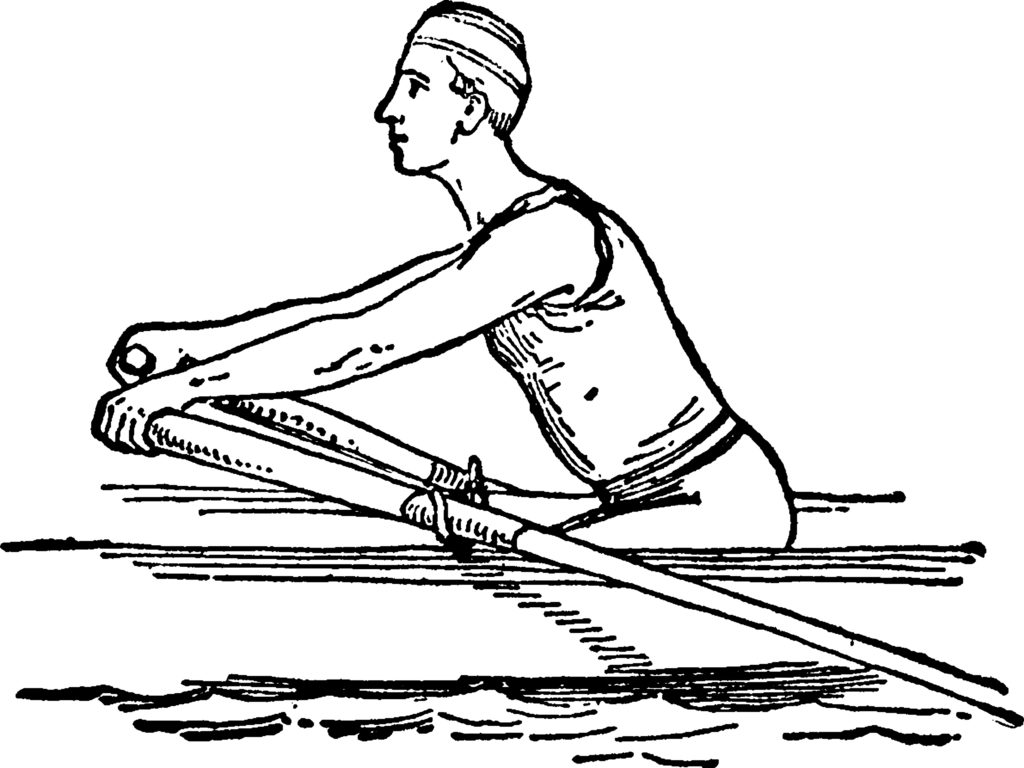
The target is pretty clearly not Very Serious Rowers, as in my experience they all want what they have in their prep school/collegiate training rooms (and as far as I can tell, that’s the Concept 2 which of course they refer to as an “erg” and not as a “rower”). Even if the Serious Rowers don’t want a Concept 2, there are multiple other very nice rowers available from Echelon, NordicTrak, Hydrow, Ergatta, and more, the vast majority of which do not approach $3195 + $44/month, even for the fancier models. The ones Forbes reviewed in August 2022 range from $499 to $2495. The target is pretty clearly not me, since I not only have no desire to “upgrade” my current rower (again, I love my Water Rower), but when I acquired an indoor bike earlier this year I went with a very nice Schwinn (for about half the price of the Peloton).
I’ve concluded the target audience for this is limited to (1) Peloton diehards who will buy every new equipment they release (I’m sure you know people who feel the same way about Apple, or Magic the Gathering, or some other product line) or people who are already into Peloton who want a rower on the same ecosystem as their other equipment, and (2) casual rowers who only like rowing and have wanted to get into the Peloton ecosystem and who have lots of excess spending cash. (One of my brothers falls into both of those categories; he and his wife built a home gym in their house during the pandemic and despite all the money they have spent, in the long run it is less expensive than the dues they would pay to have a club with the specific equipment they want.) Plus it’s likely you’ll keep that $44/month Peloton subscription once you’ve purchased the Peloton Row; my CityRow model can’t “talk” directly to some apps (like oh, say, the one for Peloton) but I’ve been very happy with the CityRow app. Like Peloton, CityRow has strength classes, yoga, pilates, and more.
To be fair I have not tried the Peloton Row, so I don’t know how it feels. Maybe it will turn out to be a smash hit with all the prep school kids on the crew team, or college rowers? Maybe it cradles my butt like a baby, or makes me look cooler? I have no idea.
What Do You Think?
For me, Peloton is a fascinating company to follow. (I’m still sad they killed FlyWheel, but at least I never bought the FlyWheel bike–which would now be bricked.) Would it have been as successful as it is now absent the pandemic? Will the mainstream media continue to follow the company’s ups and downs?
Have you tried the Peloton rower? Who do you think will buy one? Got a “Peloton hack”?
